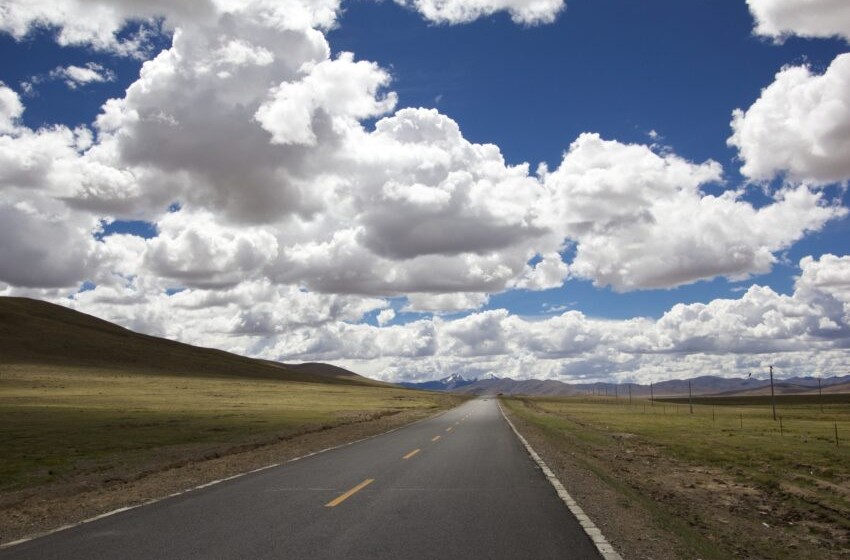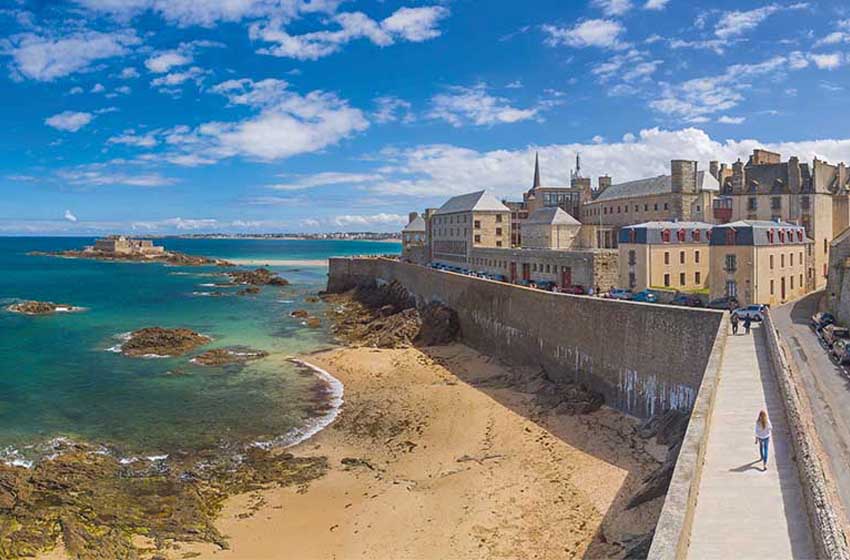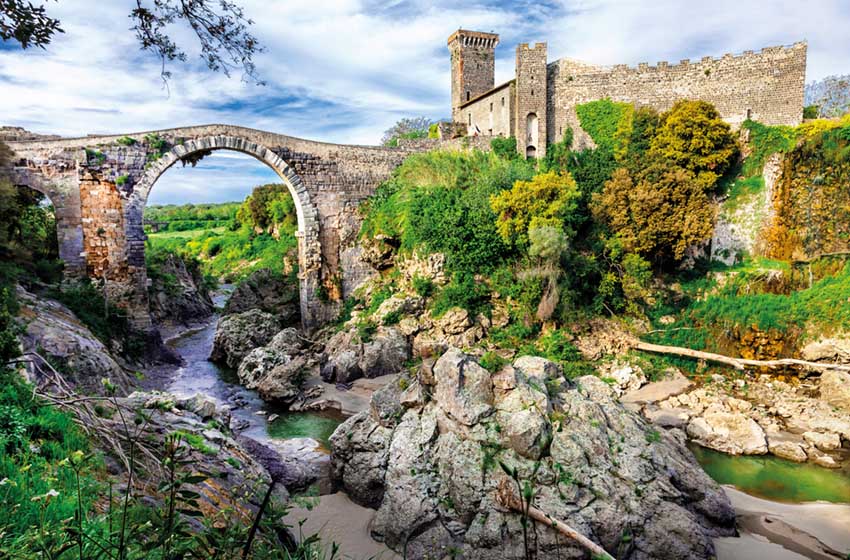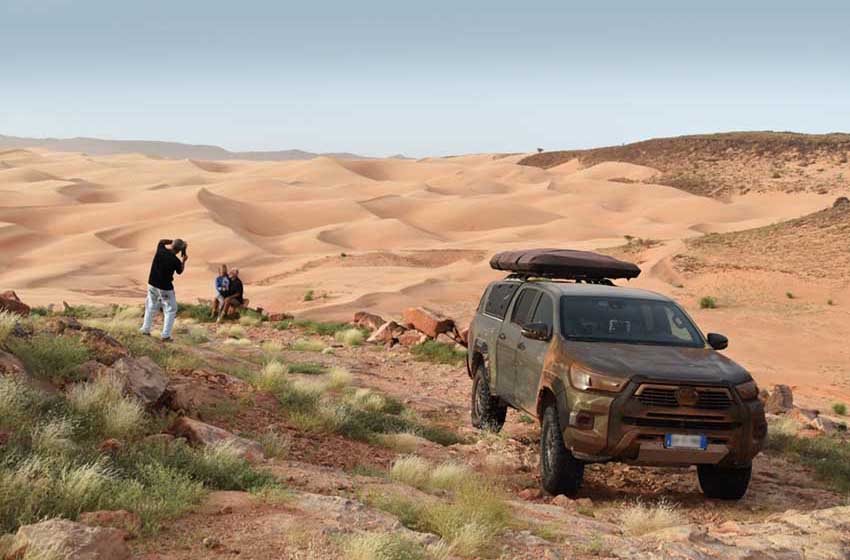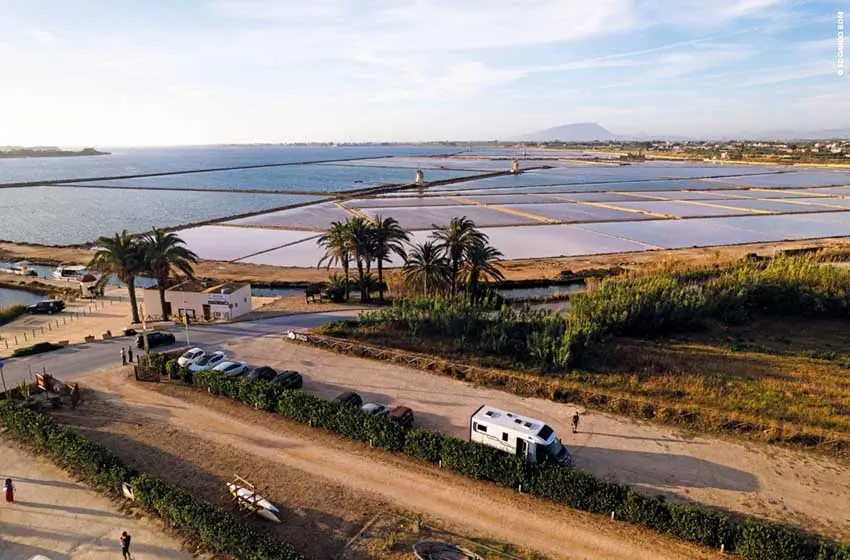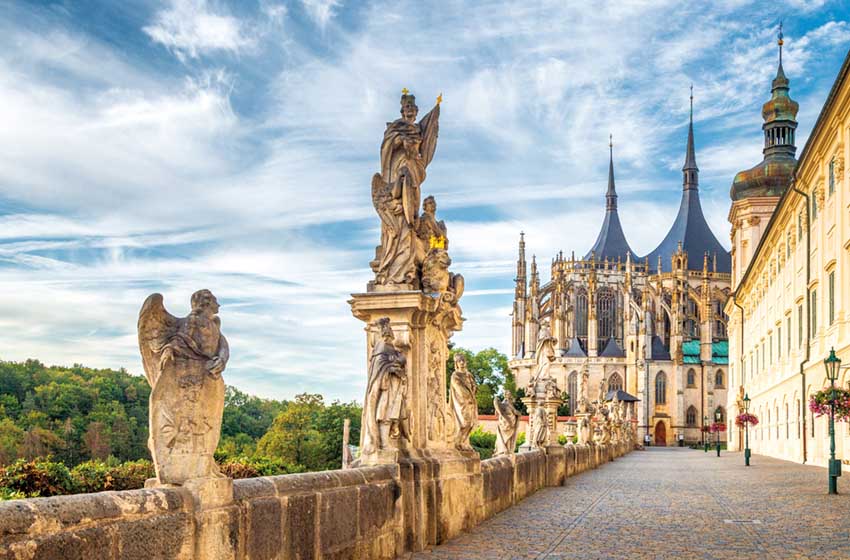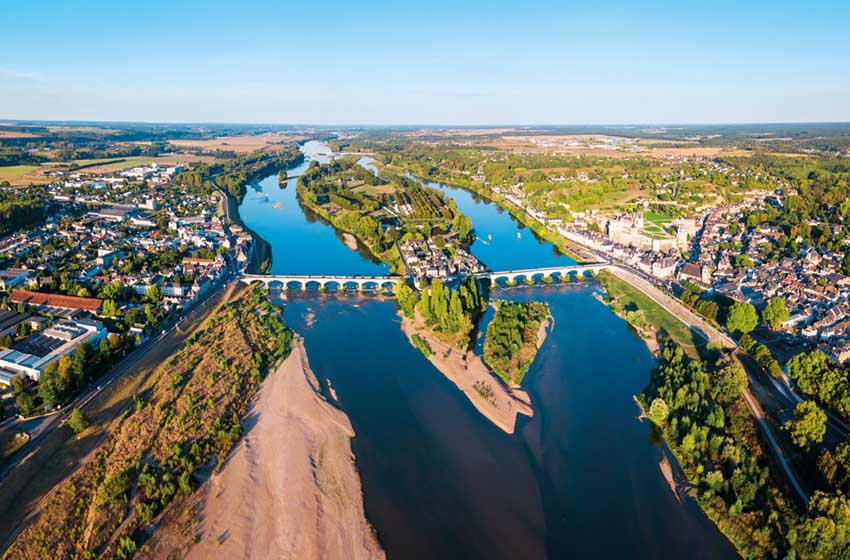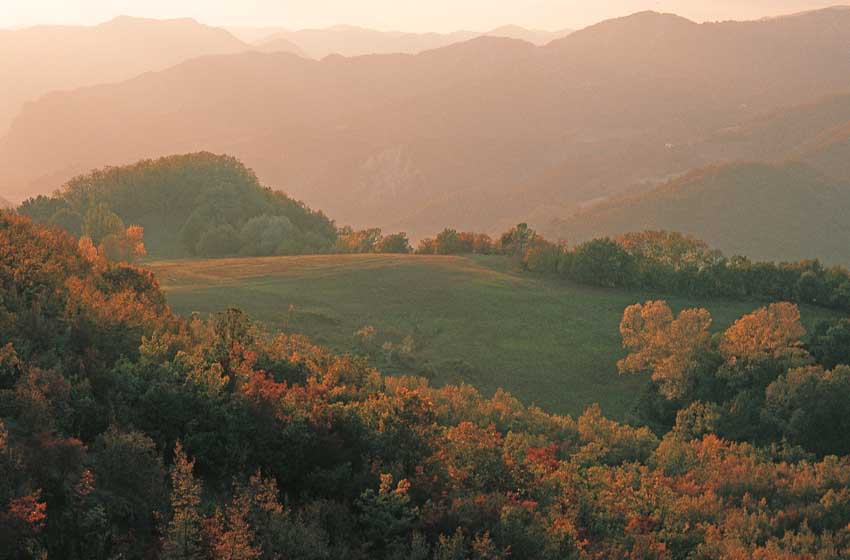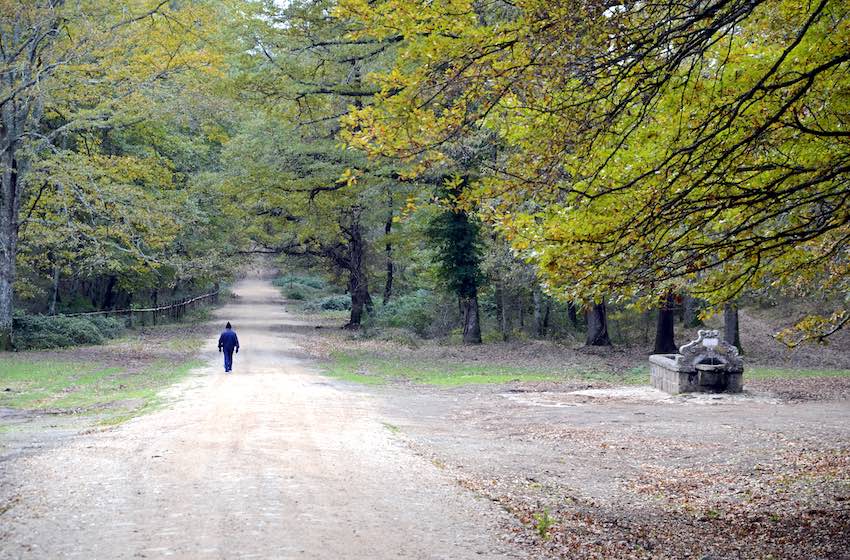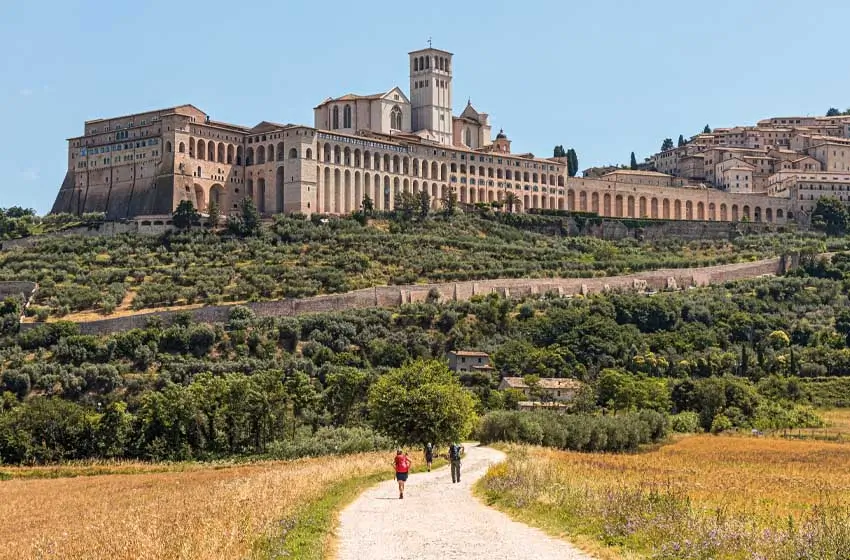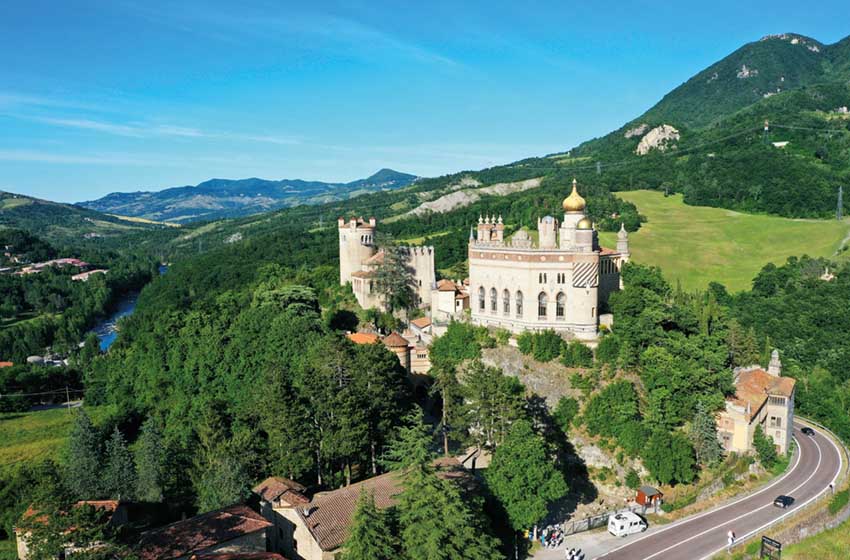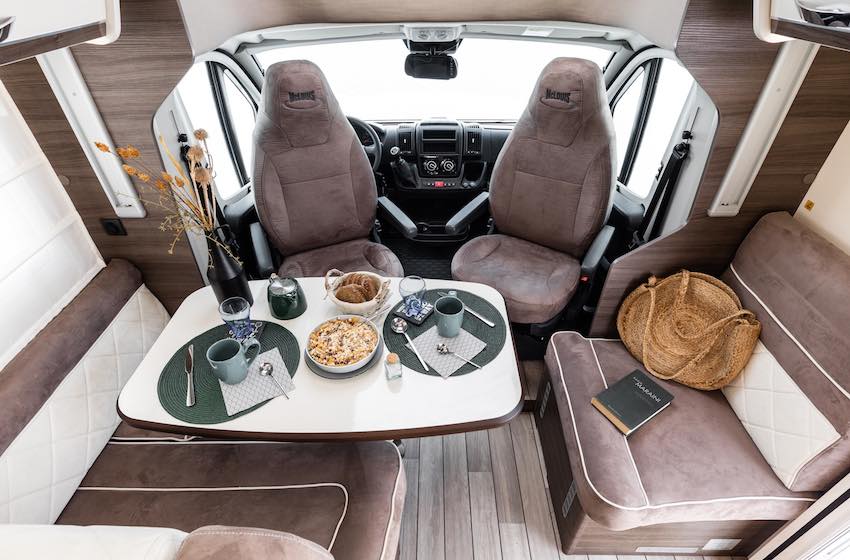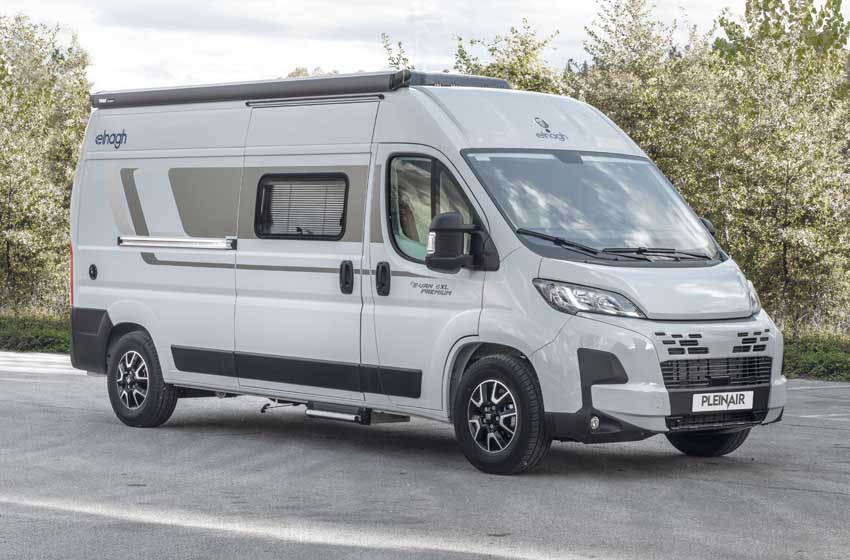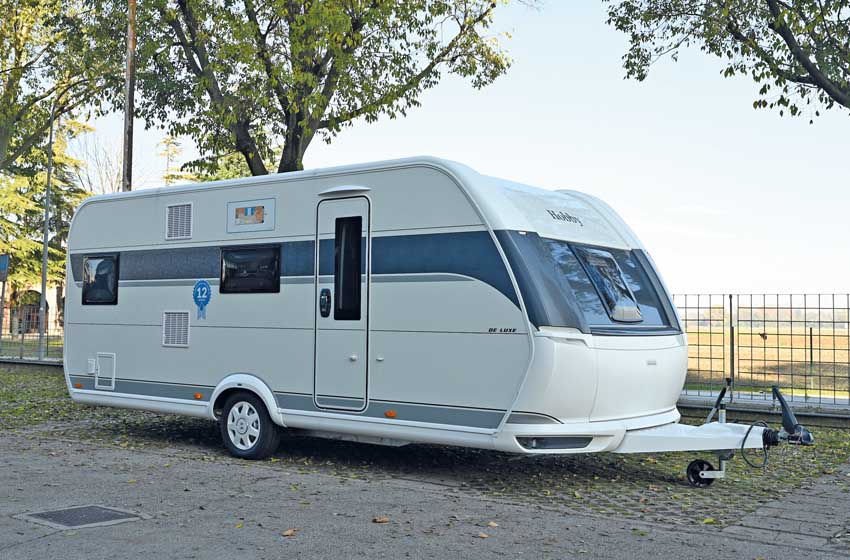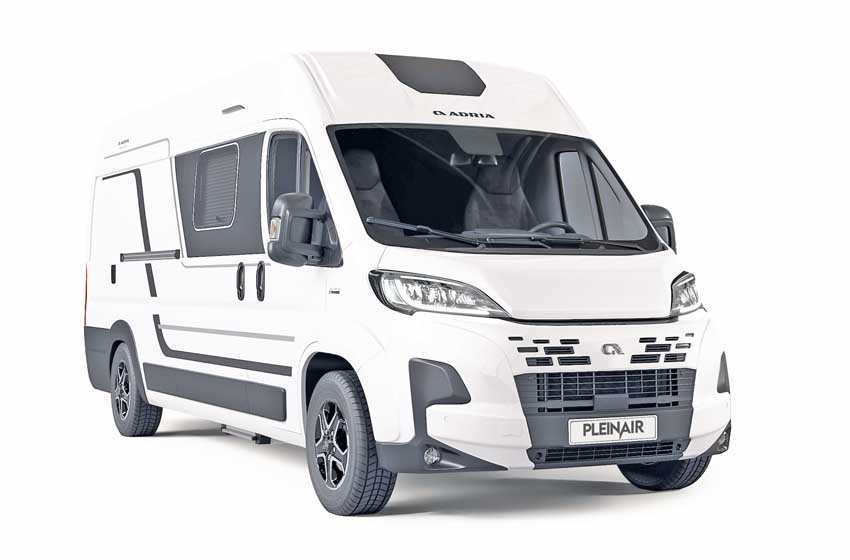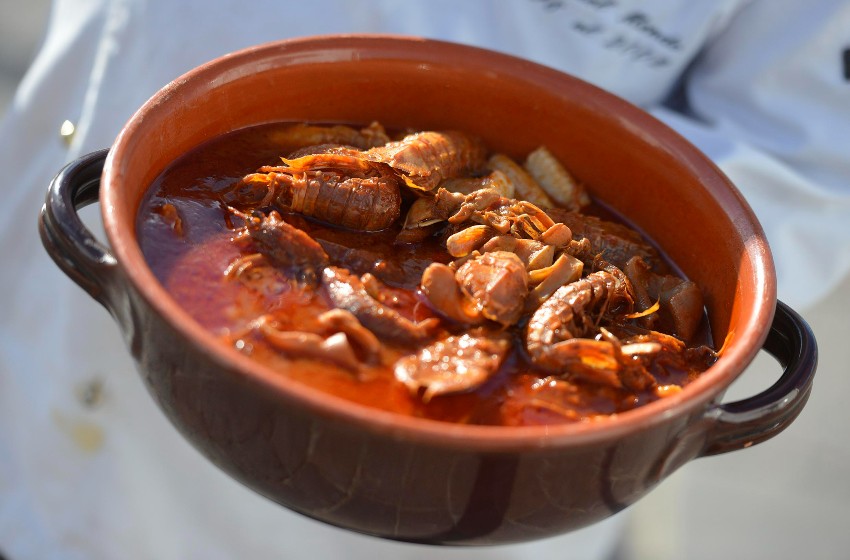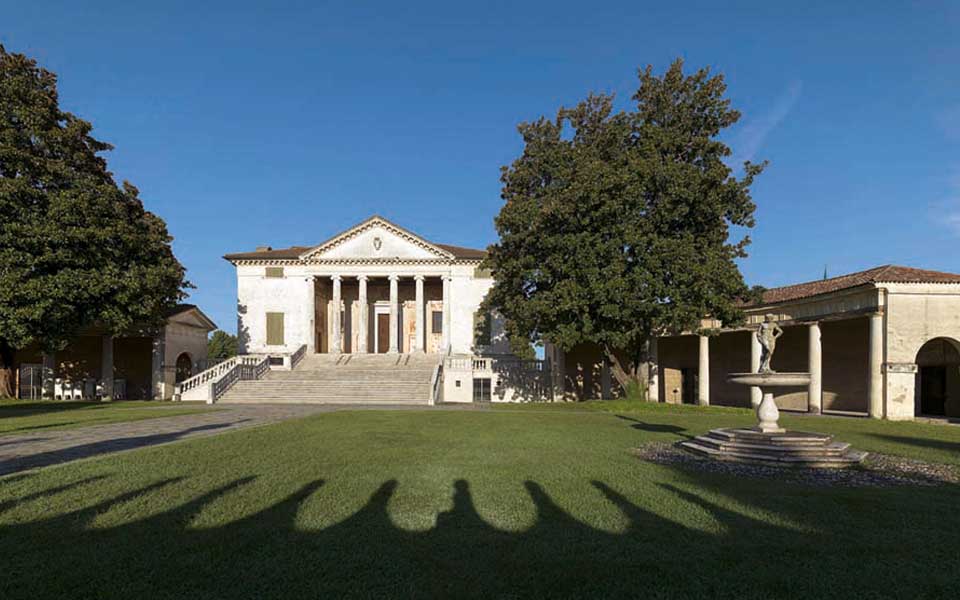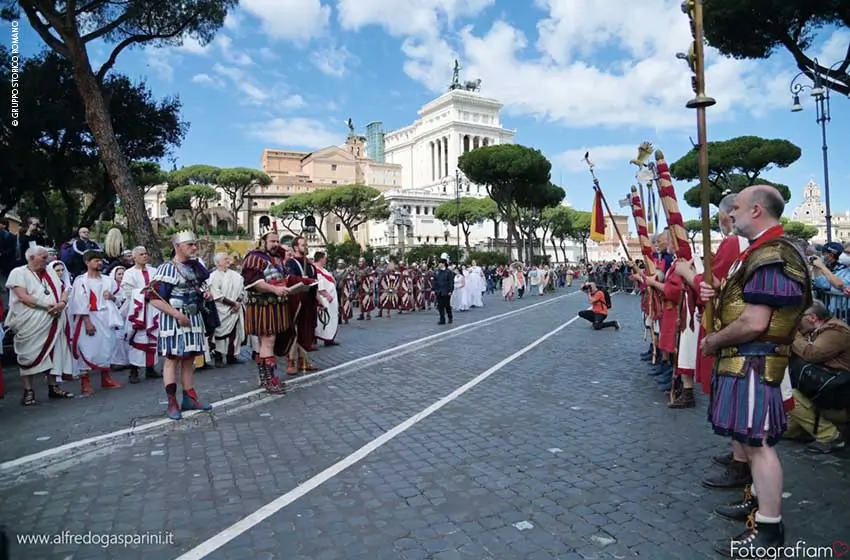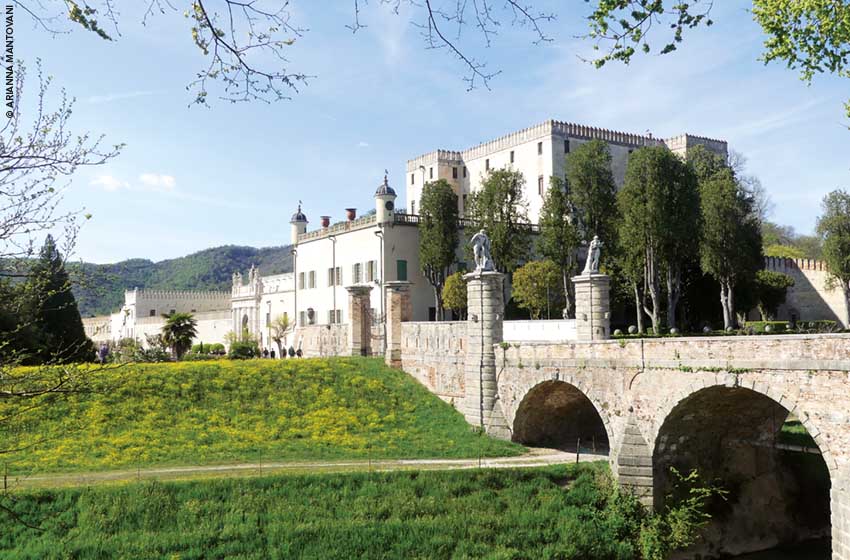Partly included in the Cilento National Park and rich in cultural testimonies, the Vallo di Diano would not need other reasons to establish itself as a tourist destination: but a few years ago its administrators saw fit to increase its power of attraction by entering peers in the thriving market of costume parties, and the results in terms of resonance and influx of visitors proved them right. The first move was by Teggiano, a city of art with an illustrious past, which already in 1993 promoted a Palio dei Casali between the surrounding municipalities and the first re-enactment of the solemn visit that in 1480 Antonello Sanseverino, prince of Diano (ancient name of town) carried out in his fiefdom, after his marriage to Costanza, daughter of Federico da Montefeltro. Two years later, in 1995, Padula inaugurated the re-enactment of the celebrations for Charles V who, returning from the conquest of Tunis in 1535, was a guest of the Certosa di San Lorenzo: here, according to the chronicles, the emperor and his entourage enjoyed a fantastic thousand egg omelette prepared by the friars and today replicated at the highlight of the event. Finally, Sala Consilina joined in, engaging the historic center with tournaments, street performances, parades of figures and thematic exhibitions; the protagonist is Charles V himself, played every year by a different actor.
Since one thing leads to another, so many side initiatives have been launched around the main events that it would be difficult to just enumerate them: concerts, conferences, workshops for the public. And today it can be said that, overall, Vallo's medieval and Renaissance representations align with the most prestigious Italian ones. Edition after edition, the calendar of events has been refined in particular and conveniently does not overlap, thus giving guests the opportunity to vary their interests and stay in the area for several days. Furthermore, despite historical fidelity, everything is concentrated in the first half of August, the peak period of tourist movement between north and south, according to a now consolidated sequence: on days 5, 6 and 7 Sala Consilina takes place, 8th, 9th and 10th Padula, 11th, 12th and 13th Teggiano (dates confirmed also for this year, but it is a good idea to do a quick check before departure via the Internet or, better yet, a phone call to the Local societies).
Let's get into the scenario
The shows begin to come alive at sunset and last until night with the benefit of the cooler hours, so that there remains time and light to go and see what the area has to offer up close. We started from Atena Lucana, the town perched on the northern edge, considered by many to be the oldest settlement in the Vallo and where, coinciding with the costume events, a singular Beer Festival is held. From the viewpoints which the town is equipped with, there are wide views of the valley, which extends for about twenty kilometers towards the south, and of the mountains that surround it: the characteristic limestones of the Alburni and the Cervati massif to the west, the Apennines della Maddalena to the east. You wouldn't think that in the middle, where a fertile plain now grows green, there once extended an unhealthy area swamped by the overflows of the Tanagro river. The first land reclamation attempts were made by the Romans, followed by those of the monks in the Middle Ages and then by the Bourbons, but only after the unification of Italy were stable results obtained. For this reason the settlements were built on the hills and only at the beginning of the 900th century did the valley floor begin to urbanize, up to the unfortunately excessive levels found today. But due to the importance that the Vallo has always had as a communication route, the very first outposts arose precisely in the foothill areas close to the water: archaeologists have identified them and obtained precious finds, partly exhibited in the Museum of Western Lucania inside the Certosa di Padula, partly kept by the Superintendence. The latter should soon make up the new archaeological museum of Sala Consilina, now limited to an antiquarium of two rooms inside the Municipal Library. The visit to the picturesque historic center clinging to a steep ridge begins immediately after climbing up the valley expansions, but only very agile campers can tackle the ramp to the convenient terraced car park located at the base of the ancient centre; the others will have to stop lower down and use the minibuses that terminate in the central Piazza Umberto I. Here the most spectacular part of the historical re-enactment takes place, while the various installations are artfully distributed which thus intersperse a walk of about an hour.
Same logic in nearby Padula, another medieval nucleus clustered on a rocky pinnacle that acts as a backdrop to the monumental Certosa. But before changing scene, we recommend a detour from the state road connecting to Sala Consilina: more or less halfway, turning near a nursery, you reach the early Christian baptistery of San Giovanni in Fonte (poorly marked by faded signs: better to ask on site). It is the only existing one built on a spring and exudes a touching charm, but it finds itself besieged by private properties and infrastructures, including a trout farm that exploits the rising waters and the access road which is shared with the La farmhouse. Source. However, the kind owners of the latter allow the possibility of stopping on their land and approaching the building, which has long been closed for renovation work. From there also begins the first of the Italian paths dedicated to the young Turin Pier Giorgio Frassati (1901-1925), a Dominican tertiary worker and great mountain enthusiast beatified in 1990: inaugurated in 1996, the path reaches Sala Consilina in about 9 hours without particular difficulties if not the length, while in the first 45 minutes it goes up to the cave-sanctuary of Sant'Angelo, even if at the moment the poor maintenance complicates the identification of the route.
Once back on the road you soon arrive at the guarded car park of the Certosa, also excellent for tackling the climb to the historic center of Padula, about half a kilometer away. The urban trek requires a couple of hours including a stop in the church-mausoleum which houses the macabre exhibitor of the Trecento, the "young and strong" of Carlo Pisacane who landed in Sapri on 28 June 1857 and were decimated in the Sanza ambush. From the belvedere in front which frames a bust of Joe Petrosino, the famous Italian-American policeman born in Padula, you dominate the immense Certosa factory: the same reappears from other angles going up further up to the Sant'Agostino complex including the beautiful municipal building and, on the highest point, to the cathedral of San Michele Arcangelo. On the way back down it is a must to dedicate another hour to the house-museum of the aforementioned Petrosino, killed in Palermo by the mafia in 1909: the visit, sometimes commented on by his great-grandson Nino Melito who took it upon himself to look after the memory of his ancestor around the world, is also an instructive excursus into the history of Italian emigration to the United States.
Back in the valley, now the Charterhouse of St. Lawrence. We have dealt with the monument several times, which covers 52.000 square metres, and a good guide can tell you everything; here we simply note that the visit (paid for the interior, free for the atrium and the park) takes about 3 hours; that once a year, on August 10th when the feast of San Lorenzo occurs, at noon sharp the large refectory bell is rung; and that on the afternoon of the same day, in the large hall of honor under the internal facade, the historical re-enactment begins for which it is advisable to earn a seat in time in the few available stands.
To conclude the reconnaissance all that remains is to move to teggiano, one of the most beautiful villages in Campania, isolated on a hill in the center of the Vallo. During the three days of the costume event, parking in the city is drastically limited and from 17pm until late at night the presence of any vehicle is not permitted; Large parking areas served by shuttles are set up at the base of the hill for guests, but if you arrive in the morning it is still worth trying temporary accommodation on the edge of the town. Then it is best to immediately head to the Tourist Information Center at the Diocesan Museum, where you can stock up on illustrative material and, even better, book a guided tour. The classic route, which takes more than 2 hours, begins under the column of San Cono in Piazza Municipio, winds through the alleys of the center and includes the castle (which cannot be visited inside), the church of San Francesco, the cathedral, the Museum of Rural Civilization, the church of the Santissima Pietà, the small Museum of Herbs, the other churches of Sant'Angelo, dell'Annunziata, Sant'Andrea and Sant'Agostino, finally the Diocesan Museum itself. Those who had the opportunity to see Teggiano years ago will be sorry to find the large panoramic IV Novembre square, then adorned with tall trees, outraged by a questionable architectural arrangement that the residents themselves do not like, but fortunately in the town there there's plenty left over to feast your eyes on.
History at the table
All historical re-enactments end in front of a dish, more or less reinterpreted, and the Vallo festivals are no exception: Charles V's omelette aside, in the historic centers taverns and food stands are set up which serve dishes rustic enough to evoke good times past and to attract visitors like flies, until the considerable supplies run out. But let's see the summary progression of the programs in order.
The Sala Consilina festival is entitled Arts, Crafts and Customs because of the exhibitions and reconstructions and scenes (shops, military camp, market, Renaissance dances and more) that mark the passage of the costumed procession through the historic centre. The most awaited show, starting from 17pm, is represented by the arrival of the participants in Piazza Umberto I with the welcoming ceremony of Charles V and the subsequent Giostra dell'Anello, interspersed with performances of flag-wavers, falconers and duelists in armour.
Padula in Festa per Carlo V is the other event dedicated to the emperor, which however takes place inside the Certosa and only on 10th August, while on the 8th and 9th, after sunset, people find themselves walking around the town to buy typical products or taste some specialties in various stations managed by commoners invariably in costume. Furthermore, special events are planned at the Sant'Agostino amphitheater and a Renaissance banquet, which must be booked by August 7th. The re-enactment in the Certosa, between afternoon and evening, more or less follows this schedule: historical procession, performance of knights, jugglers and musicians, preparation and distribution of the famous thousand egg omelette, fireworks. Before and after, in the Corte della Spezieria adjacent to the atrium, you admire a craftsmanship exhibition but, above all, you eat and drink.
As if to reiterate the concept, the three medieval days of Teggiano are entitled At the Table of Princess Costanza. The re-enactment, more motivated and impressive than the others given the artistic importance of the place, involves the entire city and the inhabitants (who are also required to make their cars disappear from sight). To enhance the charm of the event, the ancient currency of the fiefdom is minted and an exchange desk is activated where the euros can be converted; here the taverns also take on an urban function as stages of a historical and gastronomic tour through the city's emergencies. The highlight of the daily script takes place and is repeated three times in the central square of the Town Hall, renamed Campo del Palio because, after the usual processions and street shows, the three preliminary phases of the Palio dei Casali are played there during which athletes of Teggiano and nearby towns transport wooden steles while running candles. Once the competitions are over, the spectators wander around the historic center where ancient crafts are revived until late at night: they take part in dances, listen to musicians, visit churches and palaces (also with the support of guides) and, indeed, they enjoy traditional foods. All accompanied by drum rolls and rounds of flag-wavers, while characters in costume, cigarette in mouth and cell phone in ear, mingle with those present... to bring them back to current events.
PleinAir 444 / 445 – July / August 2009

